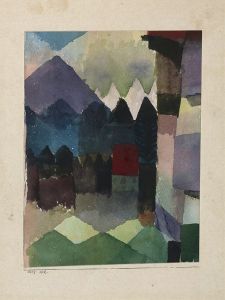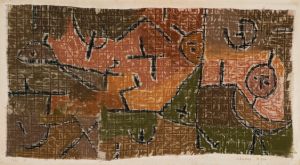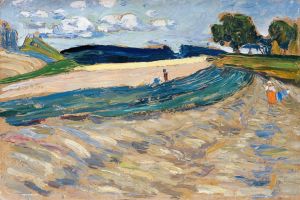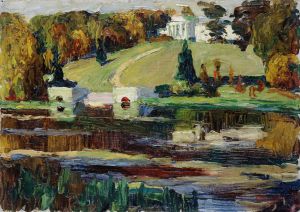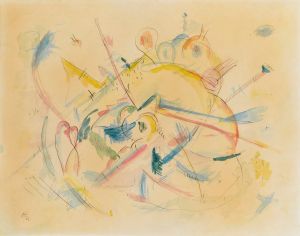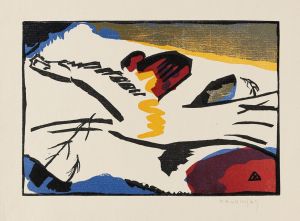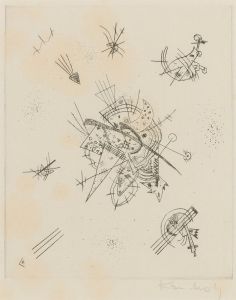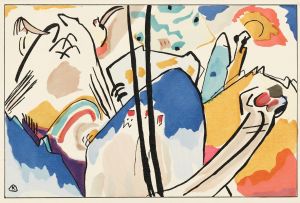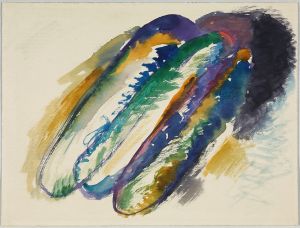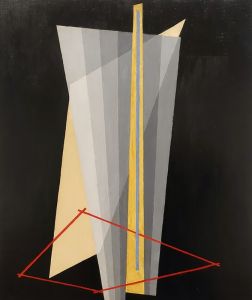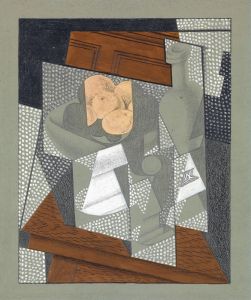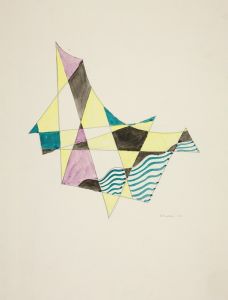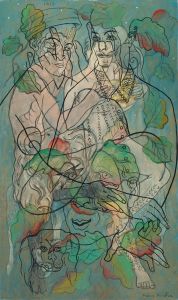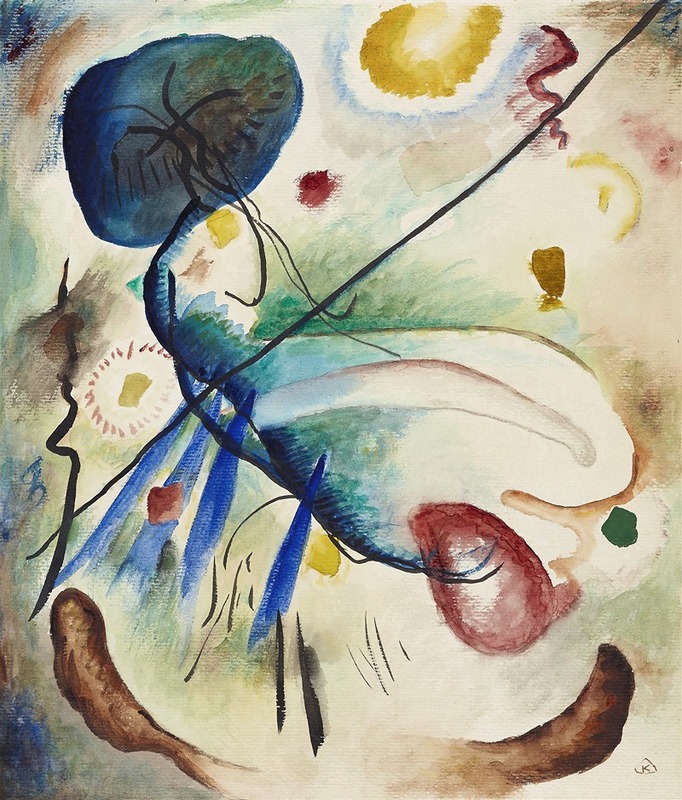
Aquarell mit Strich
A hand-painted replica of Wassily Kandinsky’s masterpiece Aquarell mit Strich, meticulously crafted by professional artists to capture the true essence of the original. Each piece is created with museum-quality canvas and rare mineral pigments, carefully painted by experienced artists with delicate brushstrokes and rich, layered colors to perfectly recreate the texture of the original artwork. Unlike machine-printed reproductions, this hand-painted version brings the painting to life, infused with the artist’s emotions and skill in every stroke. Whether for personal collection or home decoration, it instantly elevates the artistic atmosphere of any space.
Wassily Kandinsky, a pioneering figure in abstract art, created "Aquarell mit Strich" during a transformative period in his artistic career. Kandinsky, born in Moscow in 1866, initially pursued a career in law and economics but shifted his focus to art in his thirties. He moved to Munich in 1896 to study painting, where he became deeply involved in the avant-garde art scene.
Kandinsky's work is characterized by his exploration of color, form, and spirituality in art. He believed that art could evoke emotions and transcend the material world, a philosophy that guided his transition from representational to abstract art. His theoretical writings, particularly "Concerning the Spiritual in Art" published in 1911, articulated his vision of art as a means of spiritual expression and communication.
"Aquarell mit Strich," which translates to "Watercolor with Line," exemplifies Kandinsky's innovative use of watercolor as a medium. Watercolor allowed him to experiment with transparency, fluidity, and the interplay of colors, which became central to his abstract compositions. This piece reflects his interest in the expressive potential of color and line, elements he believed could convey emotions and spiritual truths without relying on representational forms.
The painting is part of a broader body of work Kandinsky produced during the early 20th century, a time when he was associated with the Blue Rider (Der Blaue Reiter) group. This group, co-founded by Kandinsky and Franz Marc in 1911, was a collective of artists who shared an interest in expressing spiritual truths through art. They sought to break away from traditional artistic conventions and embraced abstraction as a means to explore new artistic possibilities.
Kandinsky's abstract works, including "Aquarell mit Strich," are characterized by their vibrant colors, dynamic compositions, and the use of geometric shapes and lines. These elements are arranged in a way that suggests movement and rhythm, inviting viewers to engage with the painting on an emotional and intuitive level. Kandinsky's approach to abstraction was influenced by his synesthetic experiences, where he perceived colors as having specific sounds and emotions.
Throughout his career, Kandinsky continued to develop his theories and techniques, influencing generations of artists and solidifying his place as a key figure in the development of abstract art. His work laid the foundation for later movements such as Abstract Expressionism and continues to be celebrated for its innovative approach to color, form, and the spiritual dimensions of art.
While specific details about "Aquarell mit Strich" may be limited, the painting is an important example of Kandinsky's early abstract work and his contributions to the evolution of modern art. His legacy endures through his paintings and writings, which continue to inspire artists and art enthusiasts around the world.





